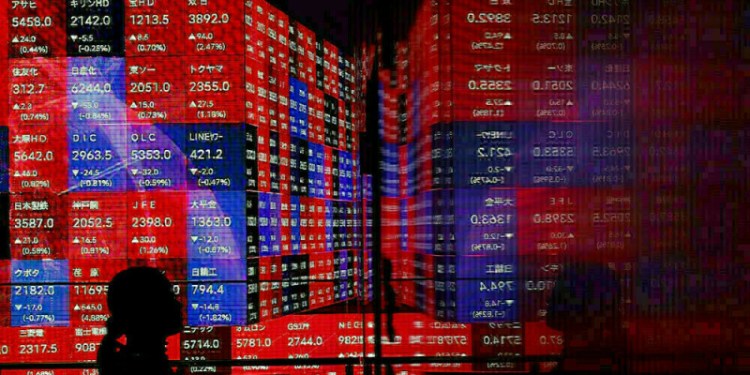Investing.com – Crude oil prices settled higher on Thursday, shrugging off data forecasting a faster than expected rise in US shale oil production next year, while an ongoing pipeline shutdown supported Brent crude prices.
On the New York Mercantile Exchange for January delivery rose 44 cents to settle at $57.04 a barrel, while on London’s Intercontinental Exchange, gained 87 cents to trade at $63.31 a barrel.
The International Energy Agency (IEA) in its monthly oil market report, published on Thursday, revised upward its projection for US oil production, warning that total supply growth could exceed demand growth in the months ahead.
The IEA raised US crude oil growth to 390,000 barrels per day (bpd) this year and 870,000 bpd for 2018. Non-OPEC output, led by the US, will rise by 630,000 bpd in 2017, followed by an increase of 1.6 million bpd during 2018.
That supports a similar view from OPEC, who said in its monthly report, published on Wednesday, that non-OPEC production would rise faster than expected by 120,000 barrels per day (bpd) to 990,000 bpd in 2018.
Rising non-OPEC output has weighed on the efforts of OPEC as the oil cartel attempts to rid the global market of excess oil supplies. OPEC compliance with the deal to curb output reached its highest this year, rising to 115%.
Sentiment on Brent crude oil prices, meanwhile, remained positive amid the ongoing Forties pipeline shutdown earlier this week. The Forties pipeline carries 40% of North Sea oil and gas, and repairs could take weeks.
Andrew Gardner, chief executive of the Ineos Forties Pipeline System said “We’re estimating just now between two and three weeks,” when asked how long the system was likely to be down.
Fusion Media or anyone involved with Fusion Media will not accept any liability for loss or damage as a result of reliance on the information including data, quotes, charts and buy/sell signals contained within this website. Please be fully informed regarding the risks and costs associated with trading the financial markets, it is one of the riskiest investment forms possible.
Source: Investing.com



























